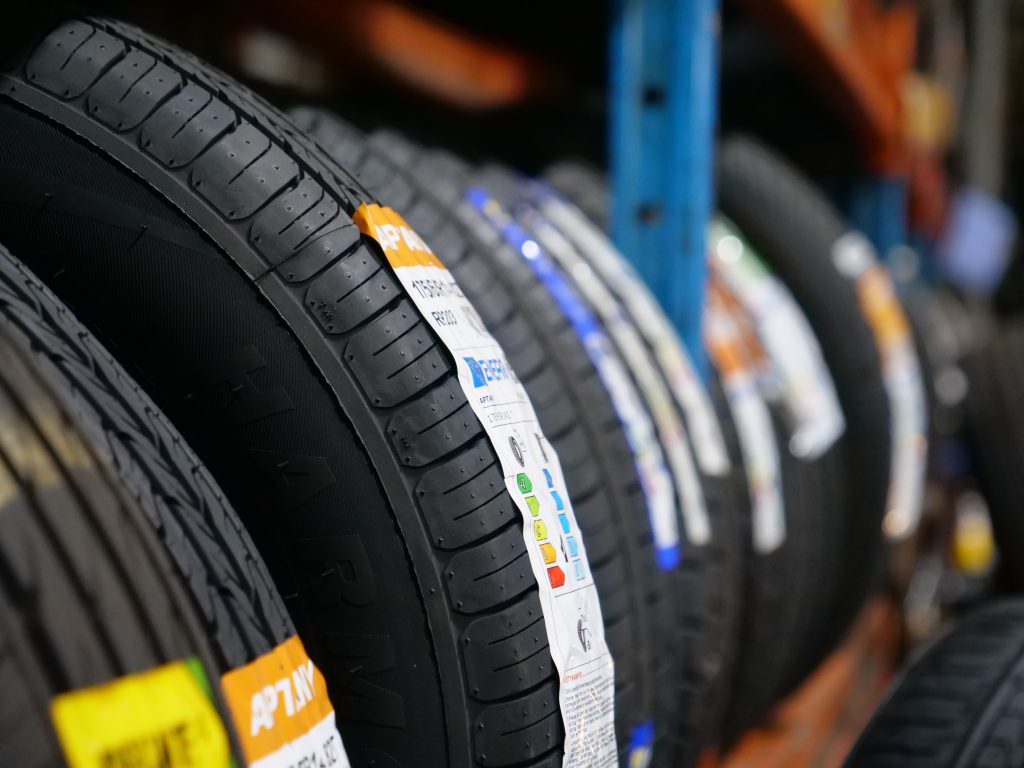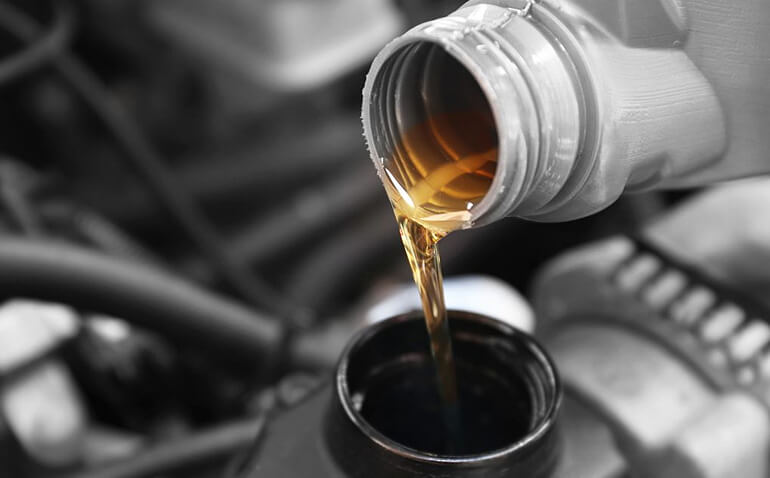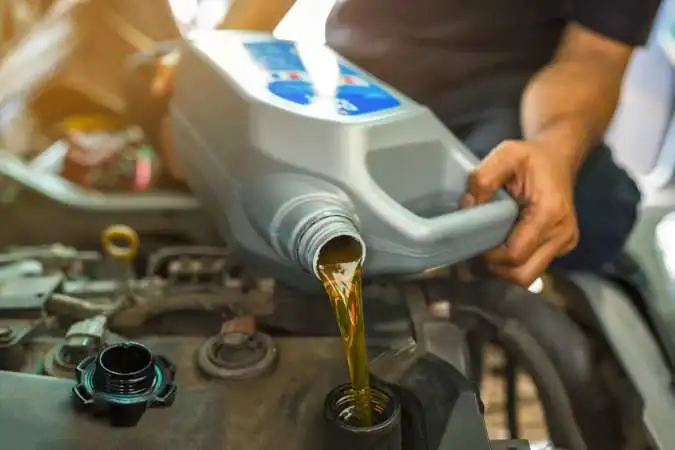The safety, performance and efficiency of a vehicle directly depend on its tyres. By recognizing the right time to change your tyres, you can avoid mishaps while enhancing control over driving and improving ride quality. An all-inclusive guide has been crafted here that sheds light upon indications for tyre replacement along with critical factors influencing their lifespan; it also assists in selecting appropriate types as per one’s automobile requirements.
Categories of Tires
Tires for the summer season
Summer tires are specially engineered to deliver top-notch performance in hot weather situations by offering excellent handling and traction on dry as well as wet roads. Thanks to their relatively inflexible rubber compound, which becomes supple under warmer temperatures, they enhance grip and steadiness while driving.
Tyres for winter months
Winter tires are intended to be utilized in cold temperatures and snowy weather. They have deeper treads and flexible rubber that avoids stiffening when the temperature drops, allowing for excellent grip on snow-covered or icy roads.
Tyres suitable for use throughout the year
All-weather tyres provide an intermediate solution between summer and winter tyres by offering satisfactory performance in diverse weather conditions. However, they might not exhibit exceptional traction during severe climatic circumstances.
Tyres optimized for better performance
Designed to accommodate high-speed and athletic driving, performance tires provide exceptional handling abilities for sharp turns and quick braking. They are the perfect fit for sports cars and automobiles designed with enhanced performance in mind.
Tyres for off-road use
Tires designed for off-road use are meticulously crafted to conquer difficult terrain, boasting larger treads and extra durability that render them perfect for vehicles frequently traversing rugged landscapes.
Signs That Your Tires Require Replacement
Wear and tear of Tires
Fresh tires are deemed essential when there is visible tread wear. A decrease in the depth of tire treads that falls below allowable parameters (typically 1.6mm) signals a need for replacement. Moreover, irregular depletion on the surface may suggest complications with suspension or alignment mechanisms.
Bulges and cracks
If a tyre sustains structural damage, it could exhibit evident cracks or bulges on the surface that may result in a blowout. In these circumstances, replacing the impacted tyres immediately is recommended without any delay.
Recurring problems with air pressure
Frequent tire inflation may indicate slow leaks or other problems that require the replacement of tires.
Driving with Vibration
When driving, if there is a significant amount of vibration present it may suggest that the tyre has an imbalance or misalignment issue. In some cases, internal damage could also be causing this problem. If adjusting the balance and alignment does not alleviate these concerns, purchasing new tyres might be necessary to address them properly.
Tyre Age
As time elapses, tires undergo natural decay. Despite adequate tread depth, the wearing down of rubber may necessitate the replacement of any tire that has been utilized for a duration exceeding six years.
Factors Influencing Tire Wear
Driving habits
Aggressive driving, including sudden acceleration, abrupt braking and sharp turning can accelerate tyre wear.
Road Conditions
Poorly maintained roads such as those with potholes, gravel and uneven surfaces can reduce tyre lifespan by causing damage.
Tire Maintenance
Maintaining appropriate tyre pressure, alignment and rotation can significantly enhance the durability of your tyres.
The weight transported by a vehicle
One should avoid overloading their vehicle and adhere to the load capacity instructions given by the manufacturer in order to prevent undue wear on the tyres.
Detecting issues with tires
Visual examination
Detect problems proactively by conducting routine checks on your tyres, looking out for any noticeable harm such as cuts, cracks or bulges.
Measuring Tread Depth Gauge
Using a tread depth gauge is imperative to adhere to safety regulations. In case the measurement falls short of permissible limits, it’s advisable to replace such tires.
Professional Tire Inspection
Having a professional inspect your tyres can reveal hidden issues that may go unnoticed by an inexperienced individual.
Expenses for New Tires
Determinants of Price
Price of a tire is influenced by its brand, type and performance characteristics. In addition, other factors such as technology, tread life and sturdiness also play a role in determining the cost.
Do Cheap Tyres Compare to Expensive Ones?
Considering your requirements and budget is crucial before finalizing a decision. It’s essential to note that while cost-effective, low-priced tyres may not match the performance or longevity of high-end alternatives on offer.
Costs and Benefits Analysis
Before investing in high-quality tyres, it is recommendable to consider their lasting benefits, such as improved safety and fuel economy, compared to their initial cost.
Establishing and Maintenance
Professional installation services
Having a professional install your tires ensures accurate fitting, balancing, and alignment. As a result, their lifespan is extended significantly.
Wheels Alignment and Balancing
Alignment and balancing of wheels as a regular practice can help to prevent uneven tyre wear, while also improving the overall handling performance.
Tips on How to Keep Your Equipment in Good Condition through Regular Maintenance
To prolong the durability of your tires, it is essential to inspect them for signs of wear and damage regularly. This includes maintaining adequate air pressure levels as well as performing routine tire rotations.
Commonly Asked Questions about Tyres – All You Need to Know
At what frequency is it advised to inspect my tires?
Regularly inspect your tires every month and prior to embarking on extended journeys for any indications of harm, proper air pressure levels, and satisfactory tread depth.
According to the law, what depth of tire treads is considered acceptable?
Although tread depth requirements differ among countries, a universal benchmark is approximately 1.6mm. To ensure compliance with safety regulations, maintaining consistent measurements of tread depth is crucial.
What can I do to increase the longevity of my tires?
To ensure optimum performance of your car’s tires, it is recommended to maintain proper tire pressure, avoid reckless or high-speed driving, frequently rotate the tires and regularly inspect alignment.
Is it Feasible to Opt for Used Tyres?
While considering part-worn tires as a cost-effective option, one should be aware of the potential dangers. Ensure that they follow safety guidelines and have sufficient tread depth before finalizing any purchase decision.
At what point should I change the position of my tires?
To achieve a uniform tire wear pattern, it is crucial to adhere to the manufacturer’s recommendations and regularly rotate your tires every 5,000-8,000 miles. This will provide you with the best possible outcome.
Conclusion
Performing regular checks and timely replacement of tyres is crucial for safe driving. Additionally, it’s essential to understand the indications of tyre wear, reasons for damage, and selecting appropriate tyres that enhances performance while ensuring safety standards are met by your vehicle. Being proactive with upkeep ensures smoothness in driving as well as safety. Professional consultation should be sought when unsure about maintenance procedures or recommendations concerning reliable options specific to you.



